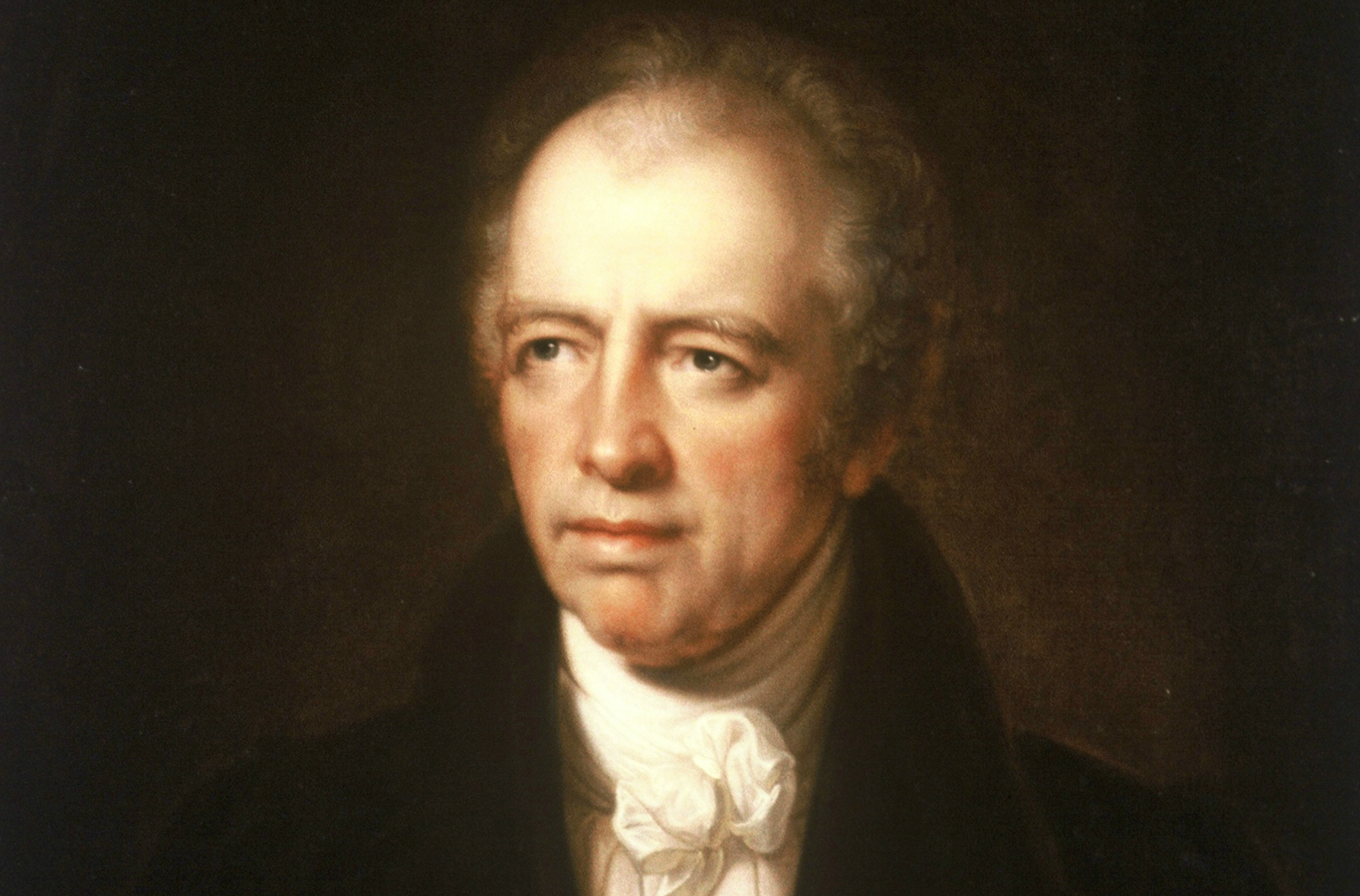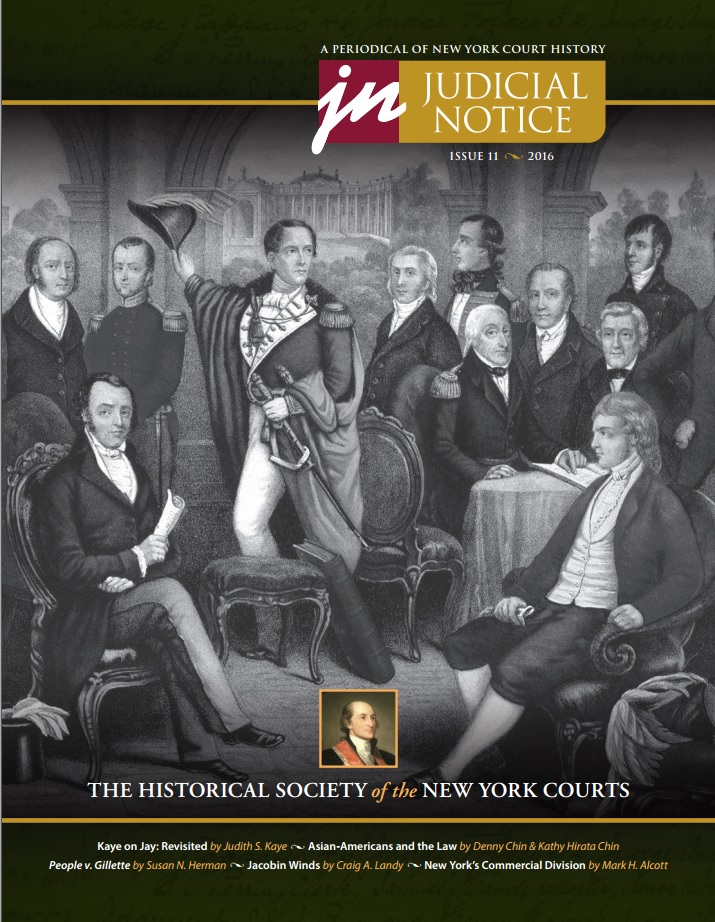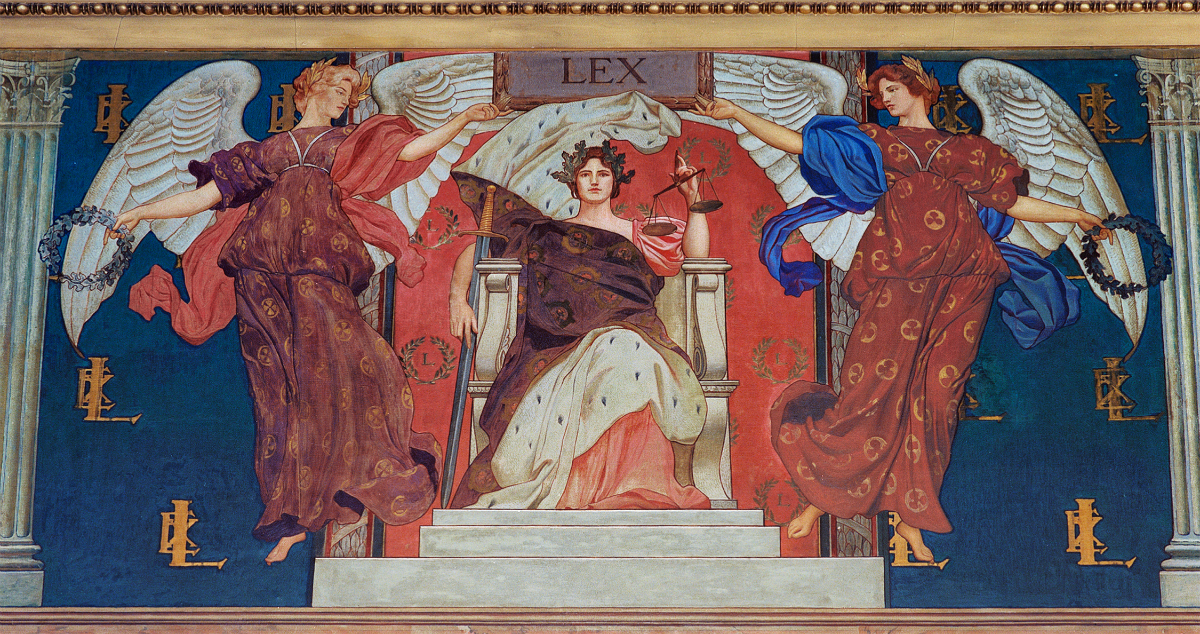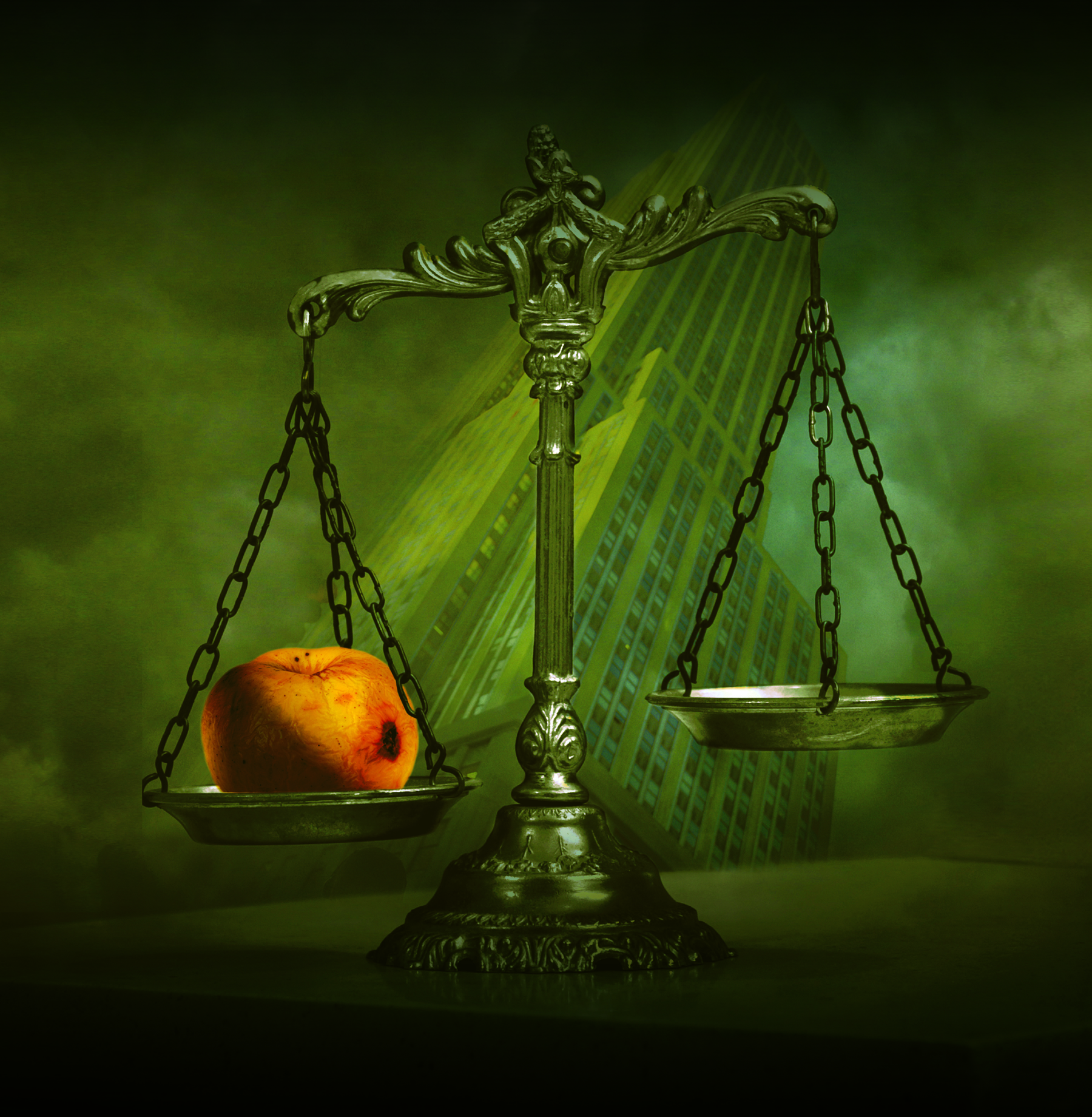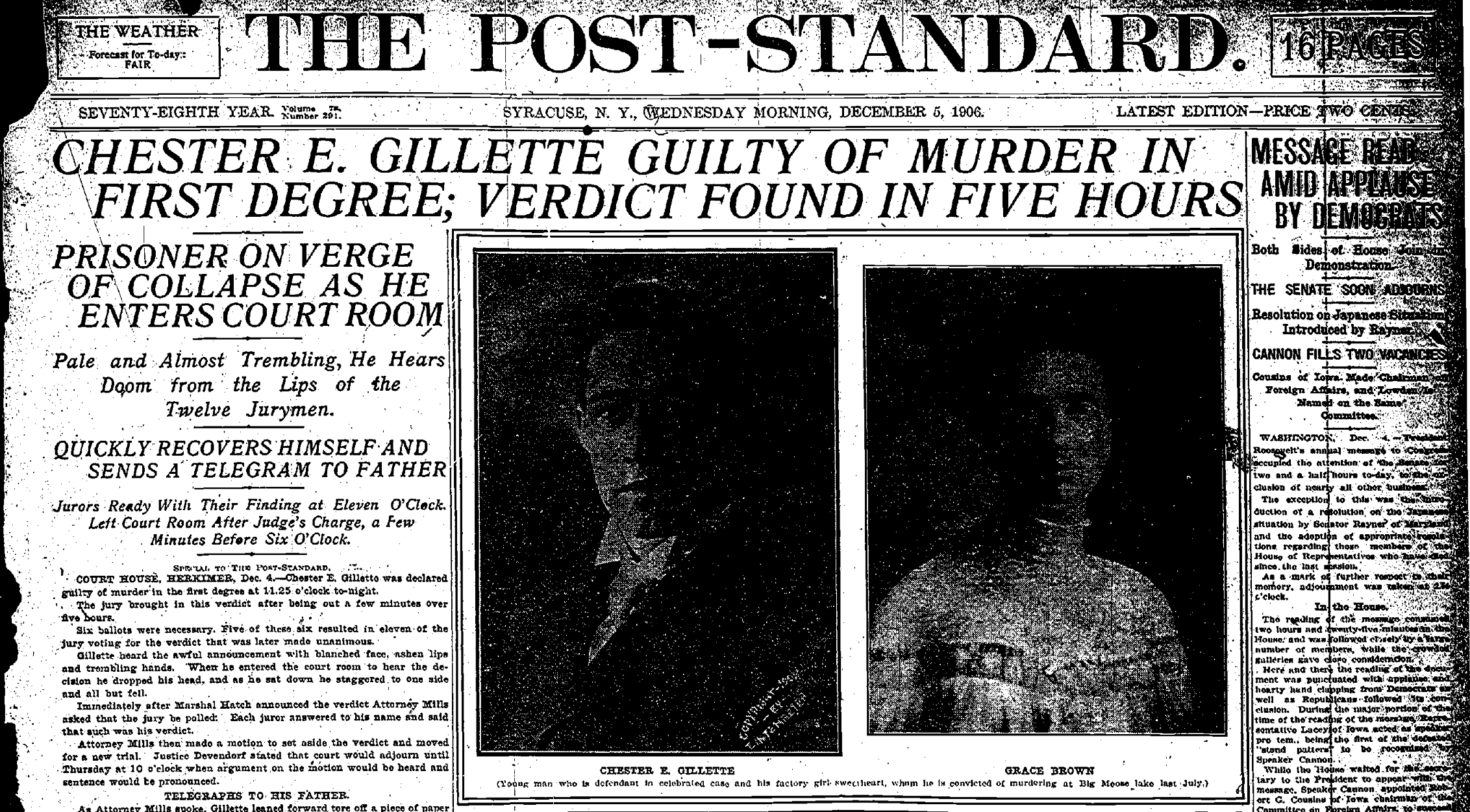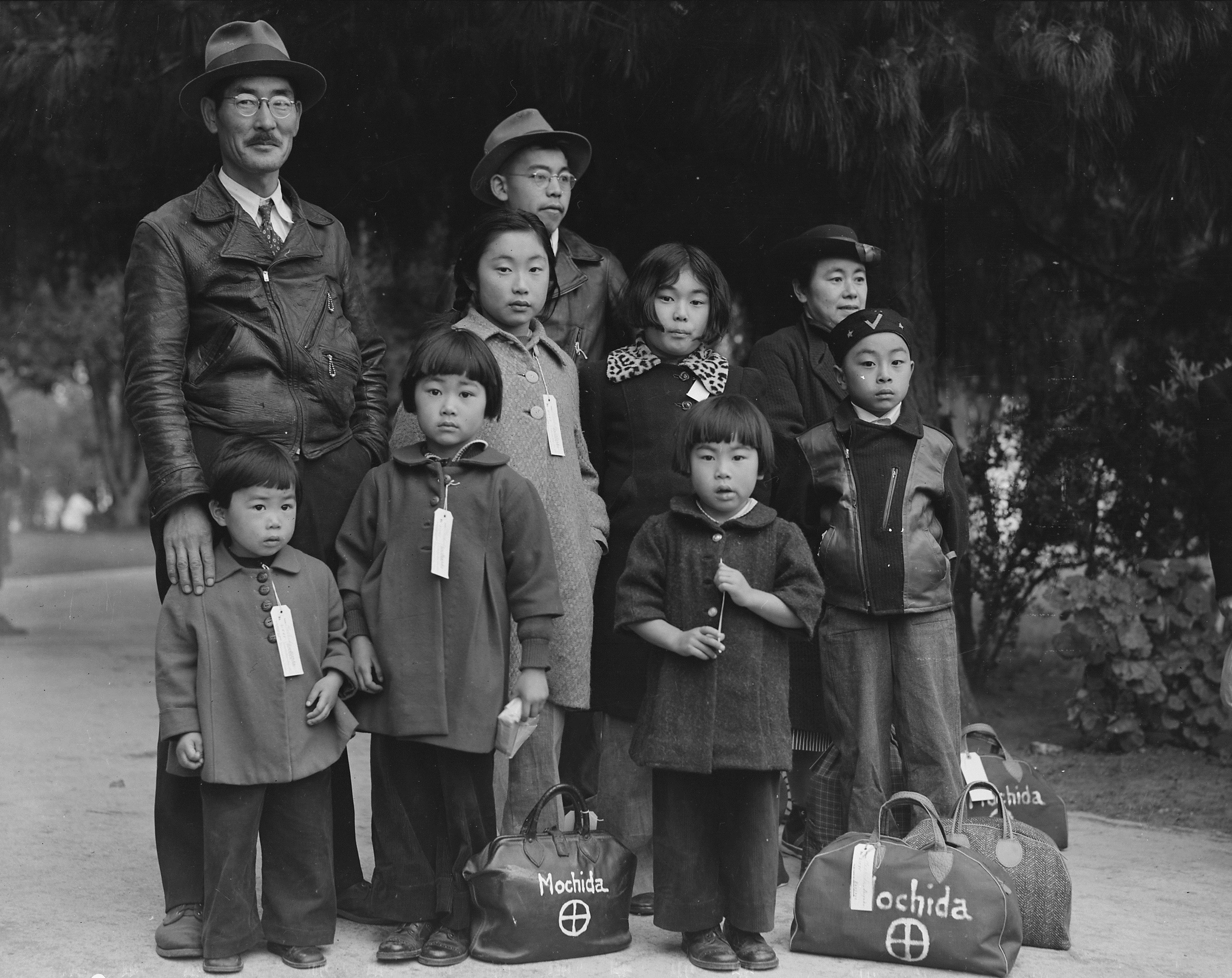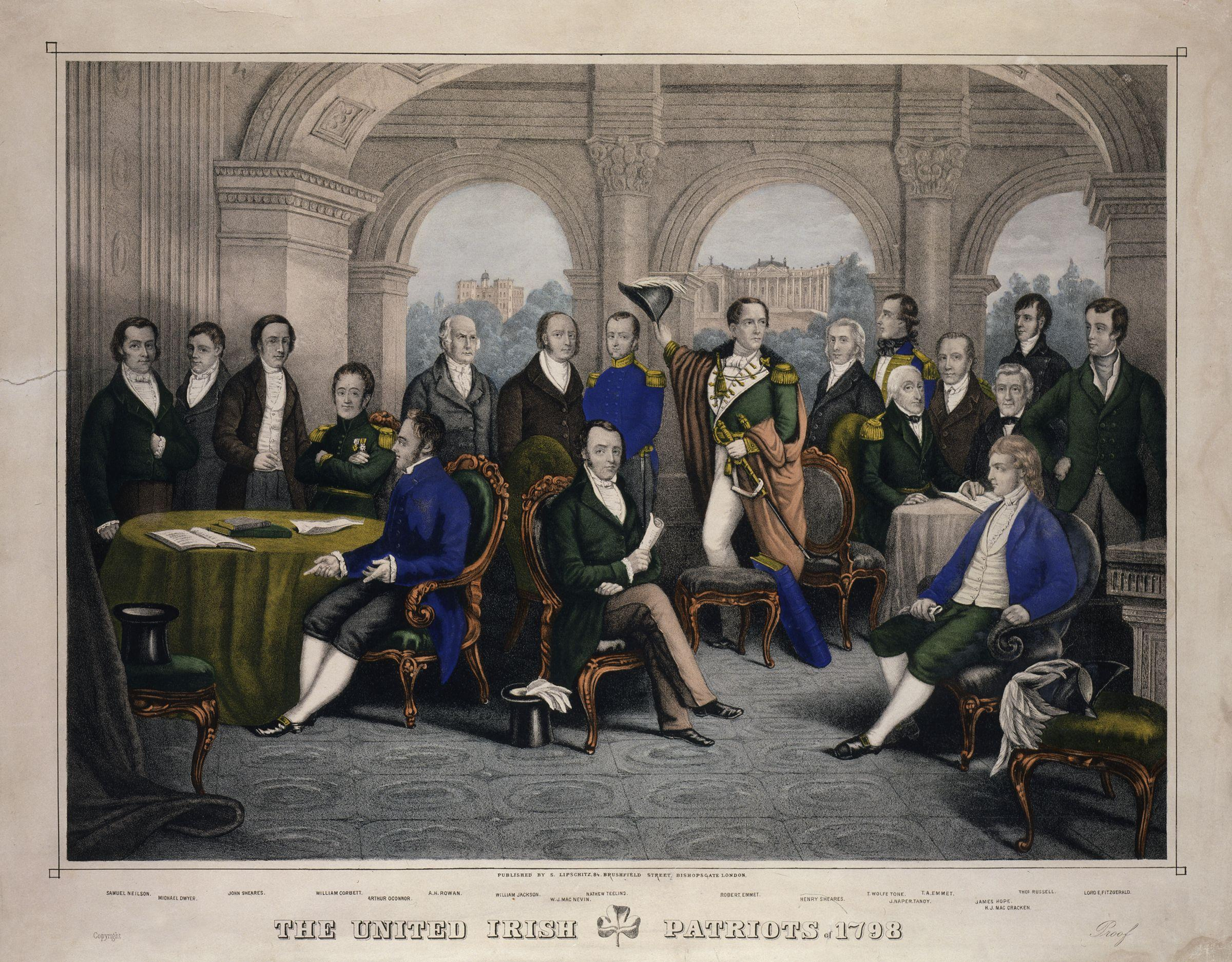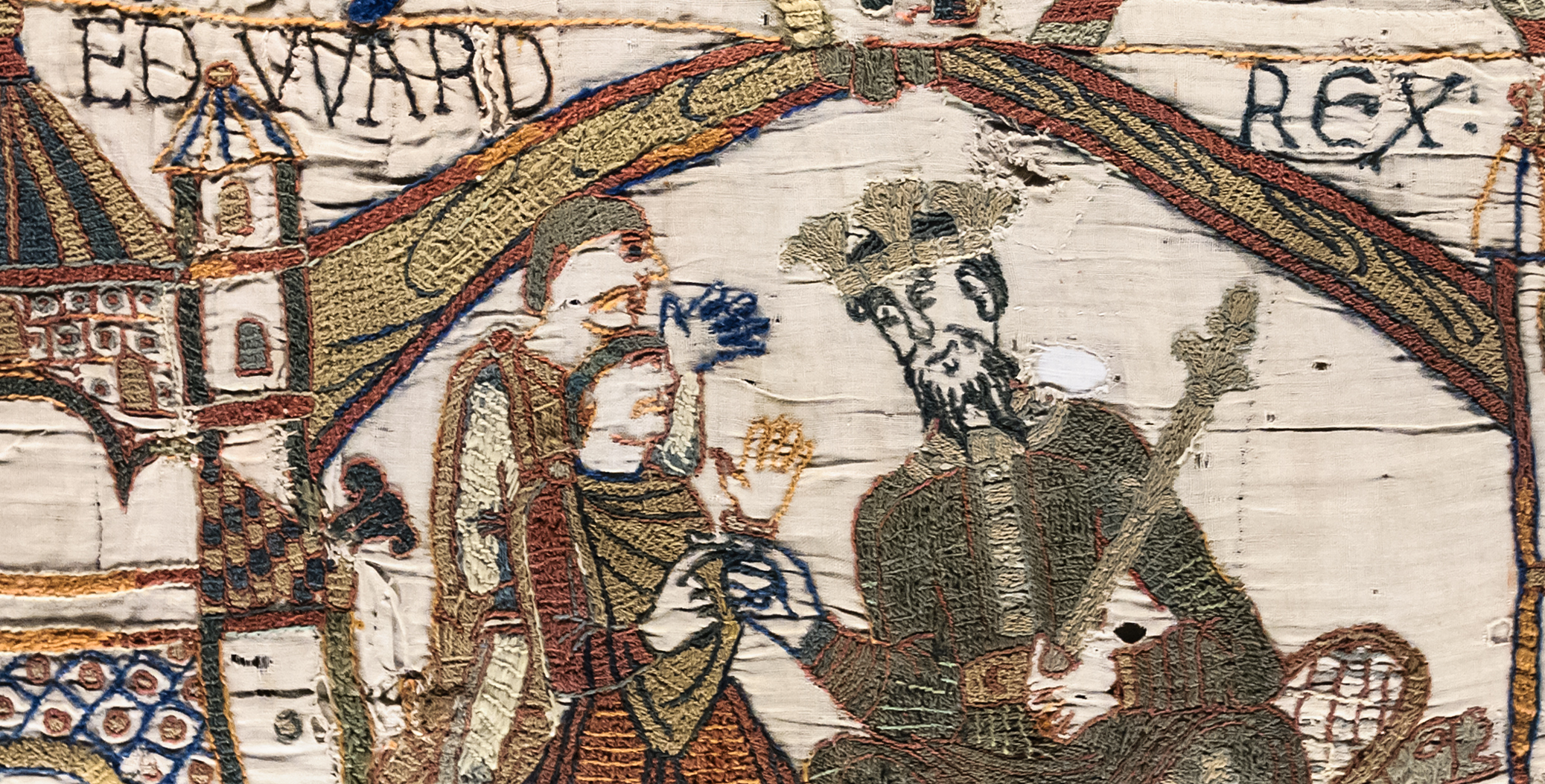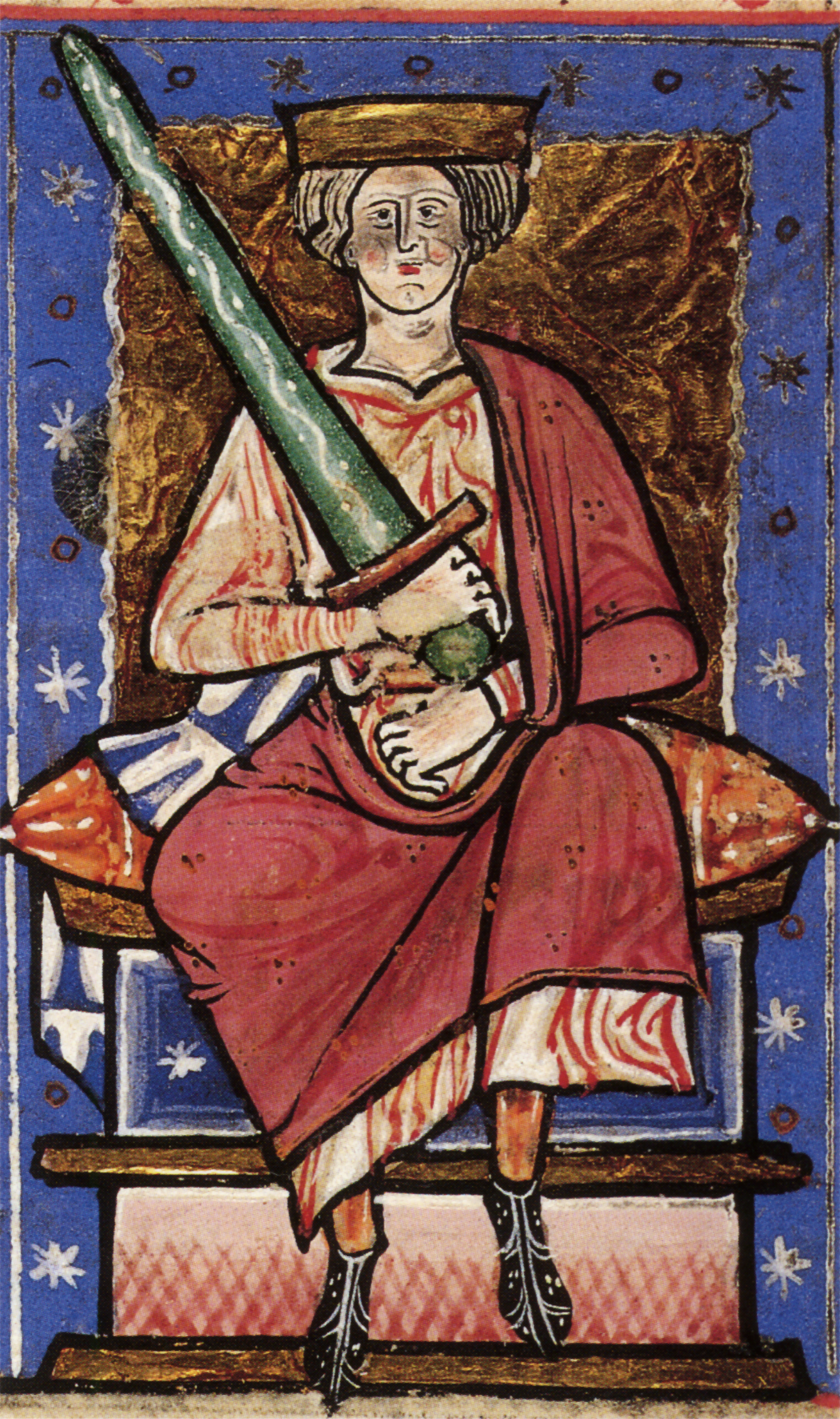Chancellor James Kent, widely regarded as the father of American Law, was laid to rest in Beacon, New York in 1847. However, over the subsequent century and a half, his grave marker had fallen into great disrepair. The marble marker had fallen off the posts it originally rested on in the 1930s. Cracked into four pieces, grass began growing between the fragments. More recently, the Beacon Historical Society decided to begin the restoration of Kent’s gravestone. The disrepair was brought to the attention of the Historical Society by President, Judge Albert M. Rosenblatt, who secured the Society’s help for the restoration project with the Beacon Historical Society. The Society contributed a portion of the restoration funding as well as helped Beacon Historical Society with locating James Kent’s descendants, who also donated the majority of the funding necessary to complete this restoration. The project was completed last month by restoration experts Ricardo and Ta Mara Conde of Historic Gravestone Services in Massachusetts.
Born in Doanesburg, New York in 1763, James Kent came of age during the Revolutionary War. In fact, his childhood home was burned by the British in 1779, causing many distractions during his education. He graduated from Yale in 1781 and was admitted to the bar four years later. In 1791, he was elected to the New York Assembly, where he served two consecutive terms and was elected again in 1796. However, in 1796, Governor John Jay had a different plan; he appointed Kent as Master in Chancery. The following year, Jay appointed Kent as Recorder of New York City.
James Kent continued moving up into New York’s legal hierarchy. In 1798, he became a Justice of the New York Supreme Court of Judicature. In 1804, he became Chief Justice of the same court. As Chief Judge, Kent authored important opinions, including Hitchcock & Fitch v. Aicken (1803), People v. Croswell (1804), Yates v. Lansing (1810), and People v. Ruggles (1811). In 1814, he became Chancellor of New York. Because the mandatory age of retirement at that time was 60 years old, Kent retired in 1823. However, retirement did not slow him down; he taught at Columbia College, and his lectures became the basis of his treatise on the American common law, Commentaries on American Law. At the time of his death in 1847, he had completed the sixth edition of the treatise. This work shaped the way the judges of the New York courts and the United States courts view their roles in jurisprudence and is still referred to today.

